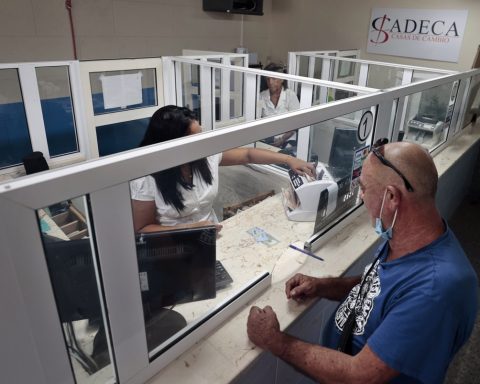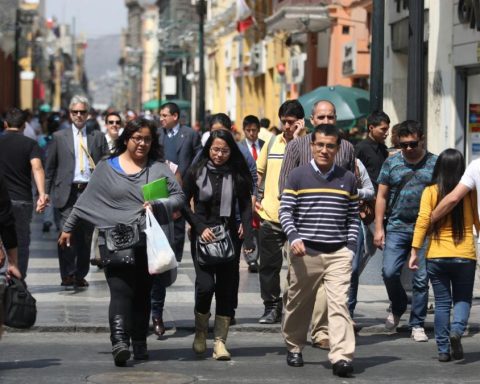The participation of salaried women in the private sector in Argentina stood at 33.6% last October, which represents an increase over the percentage that was verified in September 2019 (33.4%), according to the data released this week by the Secretariat of Production.
“In October, female participation in registered private employment presented the highest level since the pre-pandemic”indicated the report of the Center of Studies for Production (CEPXXI) of the Secretariat of Production of the Ministry of Economy.
In general the employment rate of women (47.1%) remains below that of men (65.7%).
The unemployment rate “was 7.1%, one of the lowest after the 2011-2015 period” and fell compared to the third quarter of 2021 (8.2%).
The unemployment rate continues to be higher among women (7.8%) than among men (6.5%), and in both cases there was a year-on-year decrease since in the third quarter of 2021 the rate for men was 7 .7% and that of women 9.0%.
The report specified that in the third quarter of last year, the employment rate, which is the proportion of the employed population in the total population; was 44.2%“the second best figure since 2003”.
The number of salaried people in the private sector increased in the year-on-year comparison, since in the third quarter of 2021 the indicator stood at 42.9%, for which it added some 783,800 people with employment in one year.
In binary gender segmentation, the employment rate for men went from 63.7% in 2021 to 65.7% last year and in the case of women it grew from 45.9% to 47.1%.
In turn, the unemployment rate that reflects the proportion of the unemployed population over the economically active population,
“Data on private salaried employment registered as of October show that female jobs represented 33.6% – a value similar to that of the pre-pandemic (February 2020),” the report indicated.
This participation of women in the registered salaried labor market in the private sector marked a year-on-year increase since in October 2021 it stood at 33.1% and in the same month of 2020 at 33.2%.
It added that the majority of women’s jobs are concentrated in the education sector (72.8%) and social and health services (71.9%).
“The sectors where the female contribution was lower, there were the greatest increases in participation compared to October 2020”indicated from the CEPXXI.

They specified that in hotel and restaurant jobs the participation of women went from 45% to 47.9%; in administrative activities it went from 34.7% to 36.3% and information and communications from 31.3% to 32.9%.
The sectors with significant reductions in the weight of formal female positions compared to October 2020 were construction (from 7.1% to 6.5%) and professional, scientific and technical services (from 46.5% to 46.3% ).
Regarding income, The report noted that a 24.5% favorable wage gap for men remains, when comparing the average individual income of men ($95,609). in the third quarter of last year, against that of women ($72,150).
“The difference between salaries in favor of men occurred in all income scales except in decile 7, where it was slightly higher in women” while in the richest segment of the population (decile 10) “is where the difference occurred greater wage gap, in favor of men”.
In the lowest income decile, the weight of labor income decreased in year-on-year terms for male income earners (-10.7 percentage points) and rose by 1.4 percentage points (pp) for female income earners , according to the same report.
In turn, he pointed out that in the highest decile, the weight of labor income fell 1.3 pp for men and increased 1.1 pp for women.
In the aggregate by groups of lower (1 to 3) and higher (8 to 10) deciles, it can be seen that the income of men in the highest deciles rose 0.3 pp and those in the lowest deciles fell by 7.1 pp
While in the case of women, labor income decreased their participation both in the low deciles (-2.5 pp) and in the high ones (-0.5 pp).
City of Buenos Aires, with 40%, Córdoba with 35.2% and Tierra del Fuego with 34.9%, are the jurisdictions with the highest number of women in registered salaried jobs in the private sector.
In CABA, an interannual increase in the participation of women was confirmed (which was 38.% in October 2020) and the same occurred in Tierra del Fuego where the percentage was 33.9% two years ago.
While in Córdoba the percentage of women out of the employed population registered in the private sector was maintained.


















